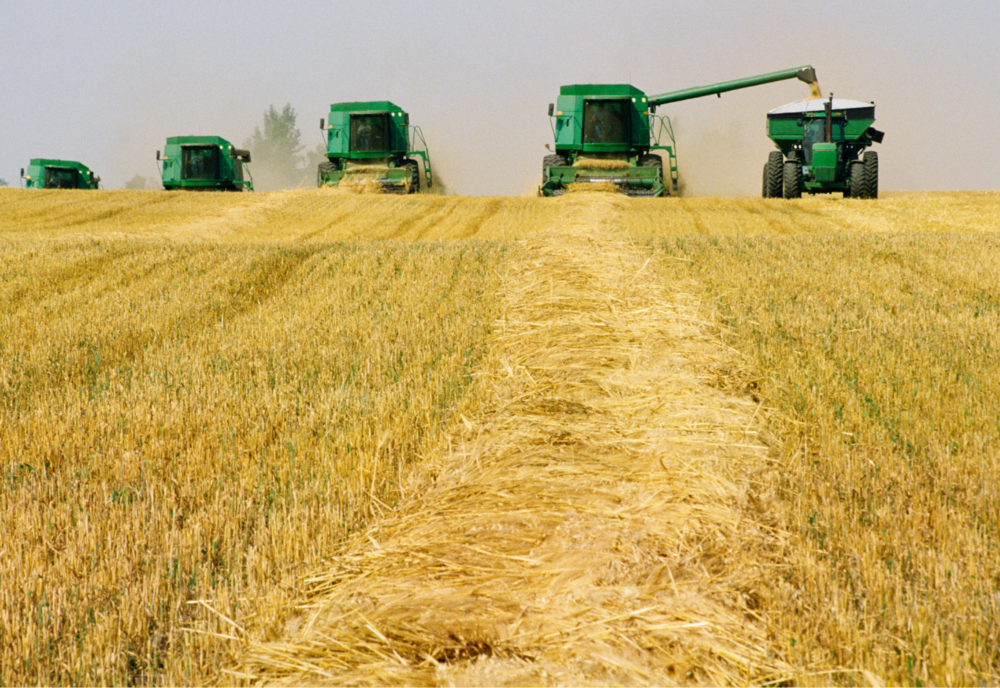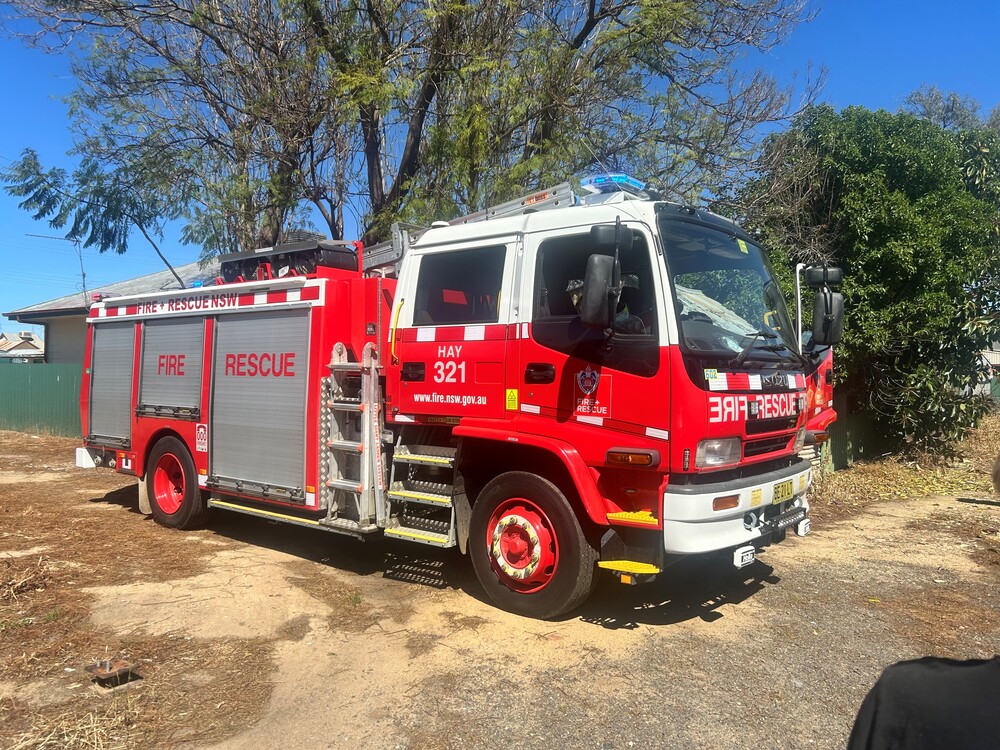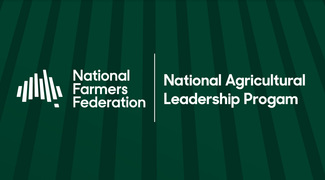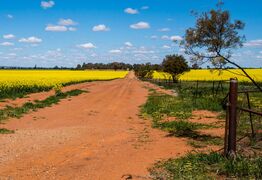Extra biosecurity risks to manage at harvest time
Krista Schade
25 October 2024, 1:00 AM

Harvest is a busy time of the year for the grain growers.
The extra on-farm activity adds potential biosecurity risks.
Extra people, vehicles, trucks and machinery movements, increase the risk of bringing in hitchhiking pests, weeds or disease.
To reduce the risk of potentially major problems later, it is worth taking some time now to introduce some simple on-farm biosecurity measures before harvest starts.
Local Land Services has released information to help growers reduce their risk.
Farm gate
• Minimise access points onto your property to better manage high-risk harvest movements and lock unused gates.
• Put up visitor biosecurity signs at your entry points with a contact number for all visitors to report to (signs available from your nearest LLS office).
• Create a property visitor log to record who, when, why and where. This is an essential record for tracing the origin and spread if a new pest incursion does occur.
• Use signs to direct visitors to designated parking or reception areas.
On farm
• Conduct a visitor risk assessment before allowing entry into your production areas. Visitors can carry diseases, pests and weed seeds on their clothing, shoes and personal items.
• Ask questions such as: have they recently been overseas or come from another property?
• Provide cleaning facilities or decontamination foot baths for boots and request clean clothes to reduce the risks.
• Provide a map of your property of roads and paddocks to allow the most direct route to be taken on formed roads to minimise exposure to production areas.
• Ask all visitors to stay on established roads or tracks and monitor surrounding areas for signs of new pests or weeds.
Come clean, go clean
• Machinery, tools and equipment such as harvesters, chaser bins, mother bins and field bins can carry pests and weed seeds. Take particular care to inspect and clean them thoroughly, especially if they have been off farm, contracted, borrowed or purchased secondhand.
• Wash, decontaminate and rinse all vehicles before allowing access to growing areas to avoid spreading weed seeds, soil diseases or pests to your production system.
• Have a designated wash-down site, collect run-off in a sump or direct it away from production areas. Be vigilant in monitoring this area and control weeds before seed set.
• Consider the risks posed by trucks coming onto your property to collect grain, especially if they have carried grain from other properties. Trucks should be empty and clean. Limit machine access to production areas only.
Introducing these biosecurity measures are not expensive and anyone can do them. Invest the time to establish your biosecurity plan to reduce the risks of a new pest or weed incursion on your property, to avoid devastating impacts on production and profit.
Biosecurity is everyone’s business and our joint responsibility. Working together to report usual sightings will help protect our farms, the environment and the economy from plant pests and diseases.
Report anything unusual
Report new sightings of new pests, diseases, weeds or anything unusual to the Exotic Plant and Pest Hotline on 1800 084 881.
Reporting is a vital step in early detection to help control outbreaks of new pest and diseases when they occur.
NEWS
RURAL




